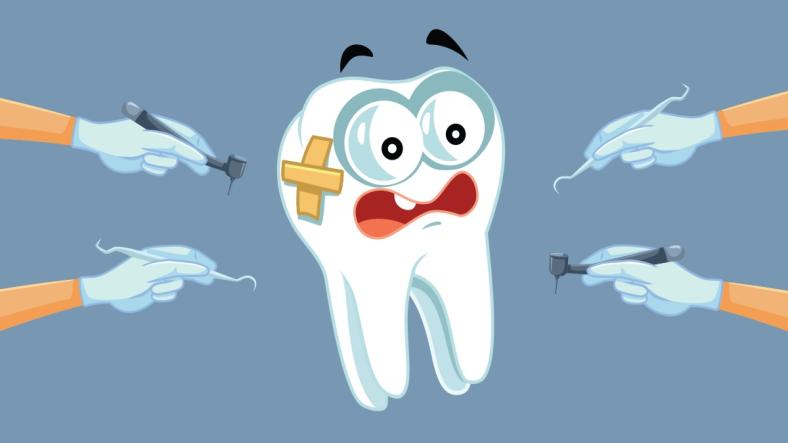Dental phobia, or odontophobia, is an intense fear of dental procedures that affects millions of people worldwide. Unlike mild dental anxiety, which is common, dental phobia can lead to complete avoidance of dental care, resulting in deteriorating oral health and potential complications. Understanding the causes of dental phobia and implementing effective treatment strategies is crucial for both dental professionals and patients.
What Is Dental Phobia?
Dental phobia is a severe and irrational fear of visiting the dentist. It goes beyond normal nervousness and can cause extreme distress, panic attacks, or even physical symptoms such as nausea and sweating at the mere thought of a dental visit.
Common triggers of dental phobia include:
- Fear of pain – Often due to past painful experiences or hearing about others' negative experiences.
- Loss of control – Feeling vulnerable or unable to stop a procedure can be distressing.
- Needle phobia – A fear of injections, particularly in the mouth, can make dental procedures terrifying.
- Drill and equipment sounds – The noise of drills or suction devices can trigger anxiety.
- Embarrassment – Some individuals fear judgment over their dental health, bad breath, or appearance.
Google Ad 1
The Impact of Dental Phobia on Oral and General Health
Avoiding dental care due to phobia can lead to:
- Severe tooth decay and gum disease, increasing the risk of tooth loss.
- Chronic pain and infections that can spread to other parts of the body.
- Increased medical risks for conditions like heart disease and diabetes, which are linked to poor oral health.
- Lower self-esteem, affecting social interactions and mental well-being.
Effective Treatment Strategies for Dental Phobia
1. Communication and Patient-Centered Care
- Dentists can alleviate fear by fostering open communication.
- Patients should be encouraged to express their fears, and dentists should take time to explain procedures in a calm and reassuring manner.
Google Ad 2
2. Gradual Exposure Therapy
- For patients with severe phobia, gradual exposure can be helpful.
- This involves starting with non-invasive visits, such as consultations, and slowly progressing to more complex procedures.
3. Behavioral Techniques
- Cognitive Behavioral Therapy (CBT) – Helps patients change negative thought patterns about dental visits.
- Relaxation Techniques – Deep breathing, guided imagery, and meditation can reduce anxiety before and during treatment.
4. Sedation Dentistry
For extreme cases, sedation options can help patients undergo treatment with minimal distress. These include:
- Nitrous oxide (laughing gas) – Provides mild sedation and relaxation.
- Oral sedation – Prescription medication taken before the appointment to reduce anxiety.
- IV sedation – For more severe cases, intravenous sedation induces a deeper state of relaxation.
5. Pain Management Innovations
Advancements in pain control, such as painless injection techniques, laser dentistry, and computer-assisted anesthesia, help reduce discomfort and improve patient experience.
Google Ad 3
6. Creating a Calming Environment
Dentists can enhance the clinic atmosphere with:
- Soothing music and relaxing scents.
- Comfortable seating and warm lighting.
- The option for patients to bring headphones or a stress ball.
7. Support from Family or a Trusted Person
Allowing patients to bring a friend or family member for support can help them feel more comfortable during their visit.
Conclusion
Dental phobia is a significant barrier to oral health, but with the right strategies, both patients and dental professionals can work together to overcome it. By fostering a supportive, patient-centered approach and integrating relaxation techniques, pain management, and sedation options, dental visits can become less stressful and more accessible. Encouraging regular dental care can lead to healthier smiles and improved overall well-being.
Thanks for reading the dentofacts article, for more such articles read our PeoplesBLOG.















